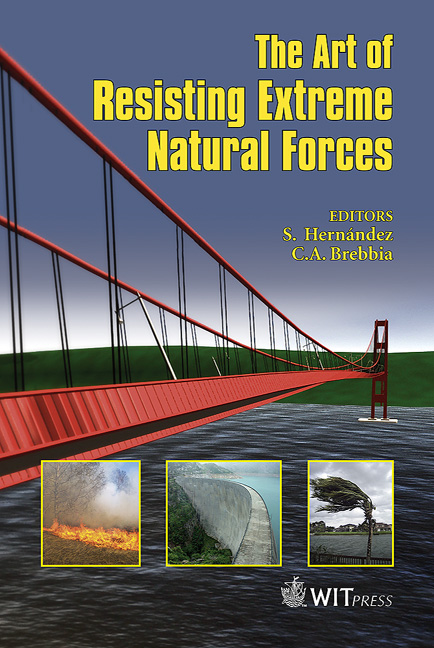Lateral-torsional Buckling Of Ferritic Stainless Steel Beams In Case Of Fire
Price
Free (open access)
Transaction
Volume
58
Pages
10
Published
2007
Size
382 kb
Paper DOI
10.2495/EN070101
Copyright
WIT Press
Author(s)
P. Vila Real, N. Lopes, L. Silva & J.-M. Franssen
Abstract
This work presents a numerical study of the behaviour of ferritic stainless steel I-beams subjected to lateral-torsional buckling and compares the obtained results with the beam design curves of Eurocode 3. New formulae, for the lateral-torsional buckling, that approximate better the real behaviour of ferritic stainless steel structural elements in case of fire are proposed. These new formulae were based on numerical simulations using the program SAFIR, which was modified to take into account the material properties of the stainless steel. Keywords: ferritic, stainless steel, Eurocode 3, numerical modelling, lateraltorsional buckling, fire. 1 Introduction There are five basic groups of stainless steels, classified according to their metallurgical structure: the austenitic, ferritic, martensitic, duplex austeniticferritic and precipitation-hardening groups [1]. Austenitic stainless steels provide a good combination of corrosion resistance, forming and fabrication properties. Duplex stainless steels have high strength and wear resistance with very good resistance to stress corrosion cracking. The most commonly used grades, typically referred to as the standard austenitic grades, are 1.4301 (widely known as 304) and 1.4401 (widely known as 316). The austenitic stainless steels are generally the more useful groups for structural applications but increasing interest in ferritic steels for structural purposes has been recently noted due to its low cost. The responsibility of the final cost of the austenitic stainless steel is the price of nickel. Typically they contain 8.0-13.0% of nickel whereas ferritic
Keywords
ferritic, stainless steel, Eurocode 3, numerical modelling, lateraltorsional buckling, fire.





